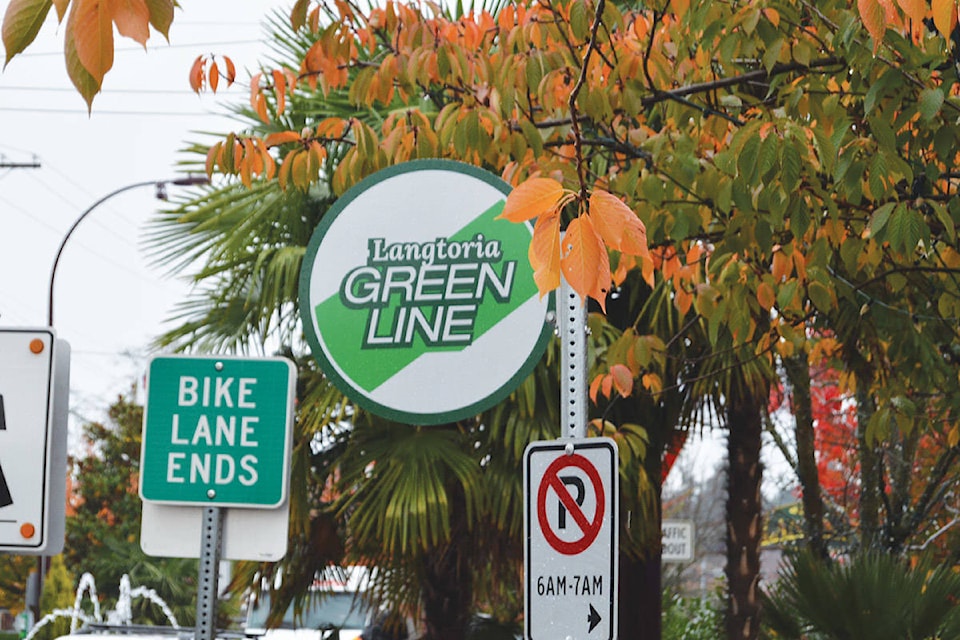If there’s one thing to take away from the Langtoria Greenline’s failure to launch, it’s that no matter how comfortable you make a person’s commute, it won’t work if they’re still stuck in traffic.
Last fall’s announcement of the service – a private/public partnership between Wilsons Transportation and the City of Langford – brought hope that West Shore residents would shun their cars for the cozy comforts of a coach, complete with free Wi-Fi and coffee. Multiple buses would eventually ply the route, if the demand was there.
It all seemed promising and despite low ridership in the early going, it was thought that positive word of mouth from the handful of dedicated riders would help the service grow.
Stakeholders deserve kudos for a strong attempt, but what they failed to realize and have now surely learned, is that speed, not comfort, is the biggest factor when individuals are choosing how to get to work.
Simply, if commuters are going to sit in traffic, most would rather do so in their own cars and be on their own schedule. That’s why only 10 to 15 per cent of people arriving downtown on a weekday morning are doing so by bus, according to statistics provided by BC Transit.
We have little doubt that if the Langtoria were able to take advantage of a comprehensive network of bus lanes and get commuters from Goldstream Village to the steps of the B.C. Legislature in 30 minutes, that the service would have worked. To that end, there could be demand for a “luxury commuter” in the future, should plans for West Shore to downtown bus lanes ever be realized.
Moving forward, discussion will continue on the potential for commuter rail along the E&N corridor as the region looks to put an end to the Colwood Crawl.
Hopefully the relatively inexpensive Langtoria experiment can shed some light into what will be required for the successful establishment of a rail transportation corridor, a project that’s sure to be far more costly.
If Langtoria is any indication, it better be quick.
